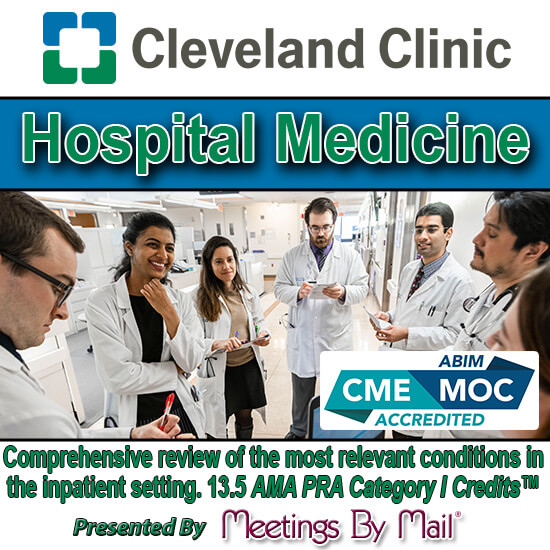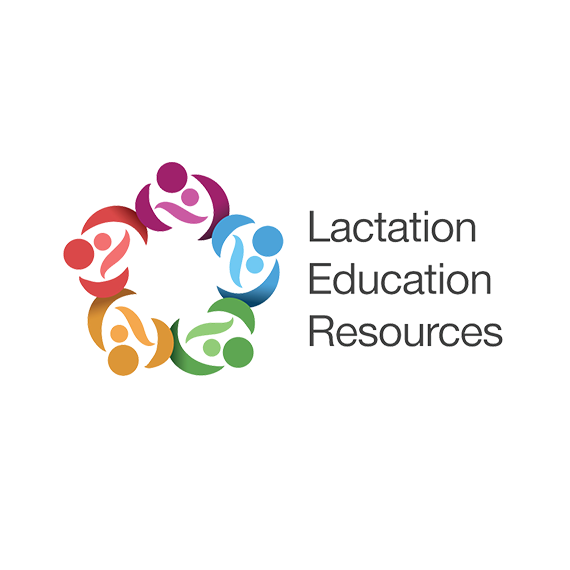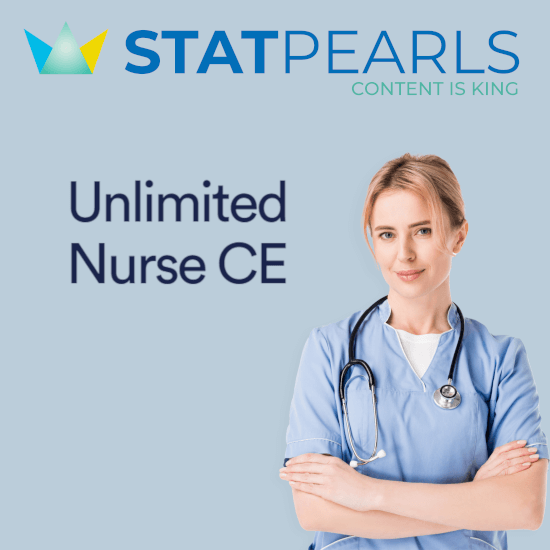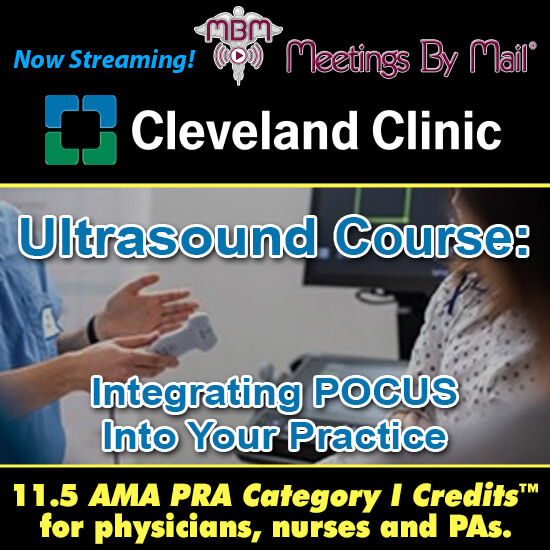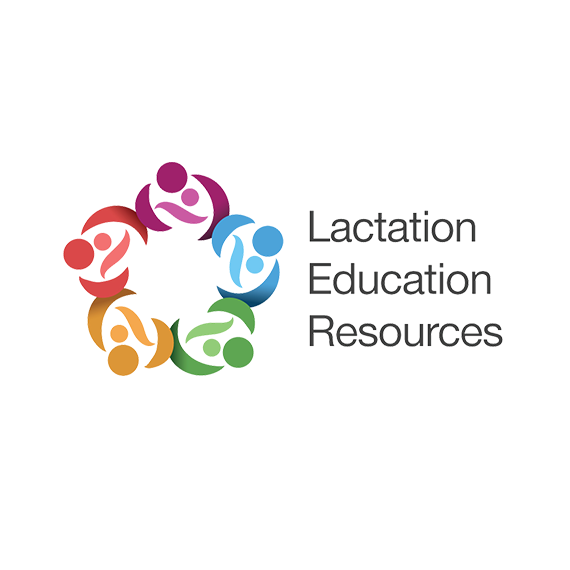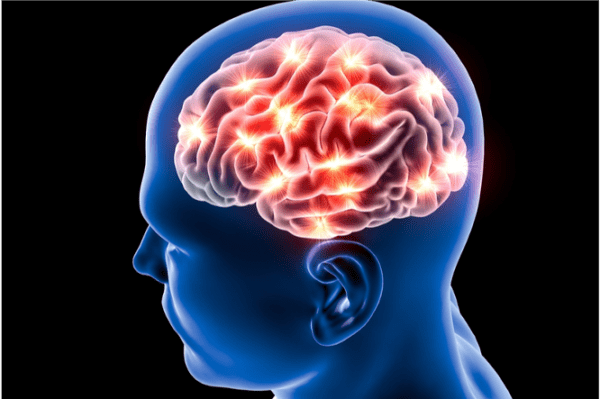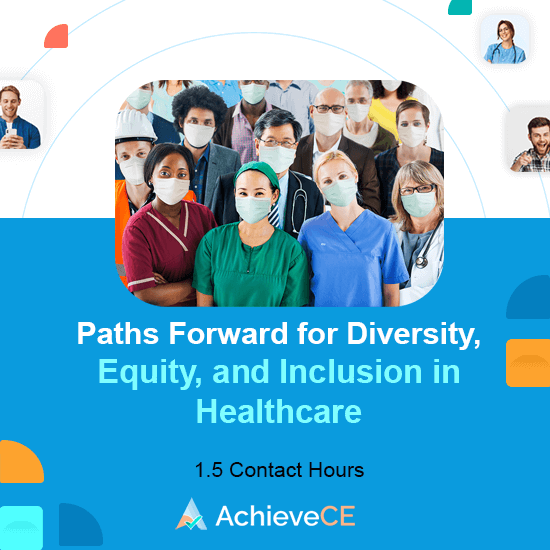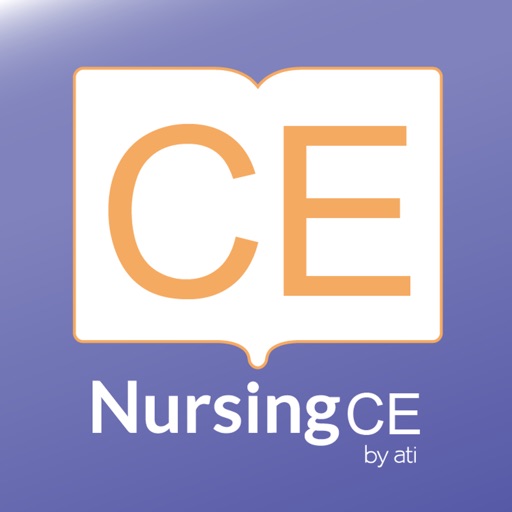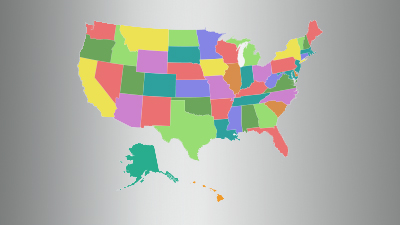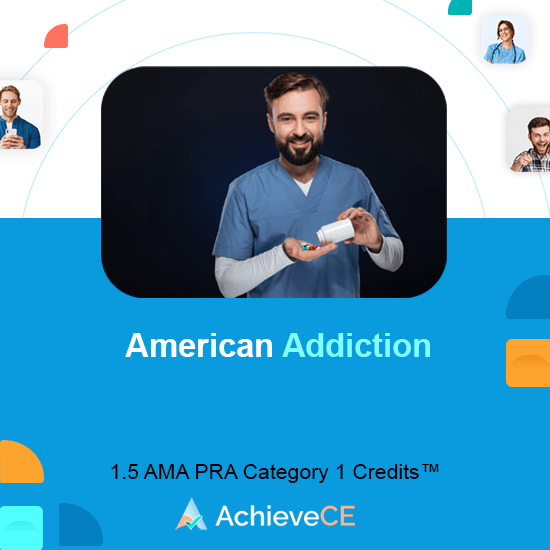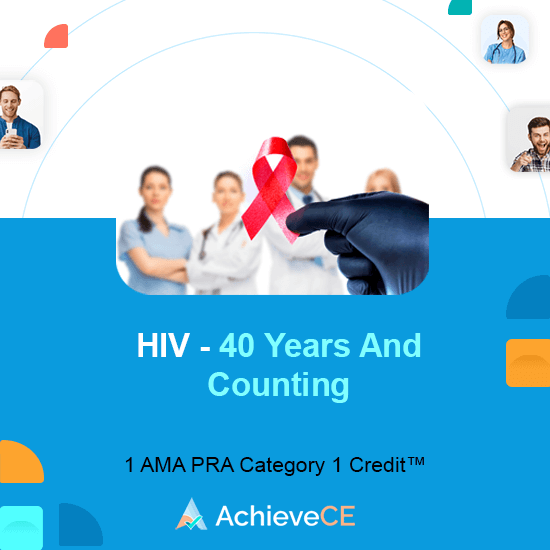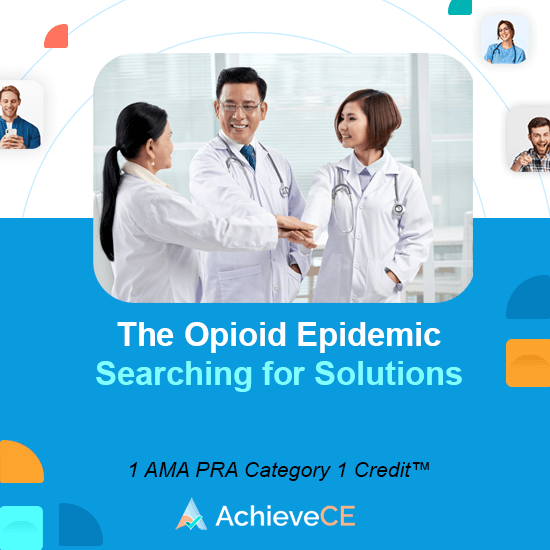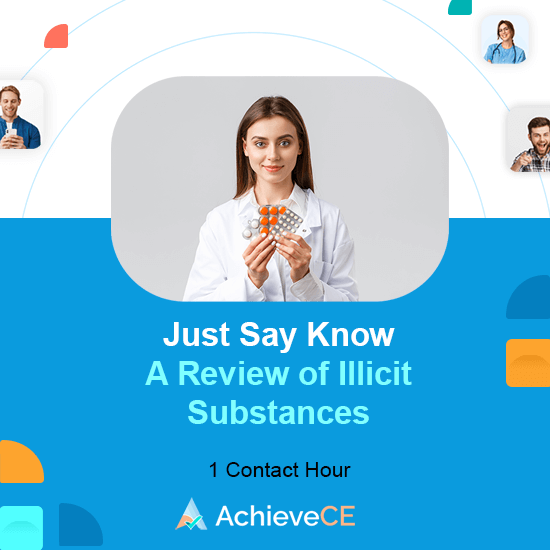Nurse
1 - 15 of 36 results
-
Cleveland Clinic Hospital Medicine
Cleveland Clinic Hospital Medicine features a comprehensive review of the most common and relevant conditions seen in the inpatient setting. A globally renowned faculty addresses the application of new evidence, interprets current guidelines and provides management strategies which can improve the quality of medical care. All physicians, nurses and physician assistants treating hospitalized patients will benefit from this thoughtful assessment of best practices in this critical area of medicine.
Worth 13.5 AMA PRA Category I Credits™. ANCC, AAPA, AAFP and IPCE accreditation also provided with NO POST TEST. Additionally, physicians can earn up to 13.5 ABIM MOC points for this activity.
See full details chevron_right- Cost: $495
- Credit hours: 13.5
- Format: On-Demand Online
- Material last updated: 11/1/23
- Expiration of CME credit: 10/31/25
-
Lactation Consultant Bridge Course
This 45+ hour course is designed for students who have already taken a comprehensive course and need an additional 45 hours to qualify for the IBLCE Exam. Contact our support team at [email protected] to see if your existing education is eligible to pair with this course.
See full details chevron_right- Cost: $625
- Credit hours: 45
- Format: Online video lessons including lectures, case studies, quizes, and interactive opportunties to apply new skills and knowledge.
- Expiration of CME credit: 12/22/2027
-
StatPearls Unlimited Nursing CE
Stay on top of your game with the StatPearls Nurse Unlimited CE programs. Your membership allows you unlimited access to our 6,049 activities. These activities are categorized into 72 specialty areas which lets you better access courses that will make the biggest impact on your practice. One subscription allows access to all the activities, including all state-requirements.
Pricing Options
- 6 Month subscription: All 6,342 CME Activities – $49 per 6 months
- Annual subscription: All 6,342 CME Activities – $89 per 1 year
- Cost: 6 months for $49, 1 year for $89
- CME credits awarded by: AKH
- Format: On Demand Online & Board Reviews
-
Cleveland Clinic Ultrasound Course: Integrating POCUS Into Your Practice
The Cleveland Clinic Ultrasound Course: Integrating POCUS Into Your Practice will provide physicians, nurses and physician assistants with foundational skills and state-of-the-art techniques for diagnosis and guiding procedures for point of care ultrasound. The lessons taught throughout this activity can be easily incorporated into current practices to immediately enhance patient care. More than 20 experts from Cleveland Clinic provide a didactic primer and workshops that will rapidly develop skills to maximize this increasingly important diagnostic and interventional tool. Worth 11.5 AMA PRA Category I Credits™, with ANCC and AAPA accreditation provided, as well. Also worth ABIM and ABA MOC!
See full details chevron_right- Cost: $345
- Credit hours: 11.5
- CME credits awarded by: Cleveland Clinic Center for Continuing Education
- Format: On-Demand Online
- Material last updated: 7/16/24
- Expiration of CME credit: 7/15/26
-
FREERECOMMENDED
Pain Recovery Therapies 1-Hour Introductory Course
This on-demand webinar provides a comprehensive overview of Pain Reprocessing Therapy, Emotional Awareness and Expression Therapy, and related approaches. Led by Yoni K. Ashar, PhD, this course explores the key distinctions between pain recovery therapies and traditional pain management, offering practical tools to help patients achieve lasting relief.
Physicians, psychologists, and healthcare professionals will benefit from this evidence-based training, earning 1 CME or CEU upon completion.
See full details chevron_right- Cost: Free
- Credit hours: 1
- CME credits awarded by: Accreditation Council for Continuing Medical Education via Amedco
- Format: On-Demand Online
-
FREE
ScientiaCME The explicit need for implicit bias and cultural competence training in the health professions
In this online, self-learning activity:
Over the past few decades, cultural competence has been defined in a variety of ways, including in the recent appearance of the closely related terms, cultural humility and cultural competemility. According to the Centers for Disease Control and Prevention, cultural competence is a “set of congruent behaviors, attitudes, and policies that come together in a system, agency, or among professionals that enables effective work in cross-cultural situations.” In the setting of healthcare, practicing cultural competence can improve the ability of HCPs to meet the social, cultural, and linguistic needs of patients, which may ultimately improve provider competence and health outcomes among diverse groups of patients with unique sociocultural identities, including race, ethnicity, gender, and sexual orientation.
See full details chevron_right- Cost: Free
- Credit hours: 1.5
- CME credits awarded by: American Board of Internal Medicine's (ABIM) Maintenance of Certification (MOC)
- Format: On-Demand Online
- Material last updated: 07/04/2024
- Expiration of CME credit: 07/04/2026
-
Basic Lactation Management for Physicians
A basic lactation management course designed for those who want to explore the field of breastfeeding support or want a quick course to apply for employment. The Certified Breastfeeding Specialist certificate (CBS) is awarded upon successful completion.
See full details chevron_right- Cost: $675
- Credit hours: 53.5
- Format: Online video lessons including lectures, case studies, quizes, and interactive opportunties to apply new skills and knowledge.
- Expiration of CME credit: 12/10/2027
-
FEATURED
Pain Reprocessing Therapy Certification Training
Comprehensive training in Pain Reprocessing Therapy, a cutting-edge, psychologically-informed approach to chronic pain recovery. This four-week virtual program combines self-paced video lessons with live interactive trainings, equipping mental health and healthcare professionals with evidence-based tools to help patients overcome pain. 12 CEU/CMEs available.
See full details chevron_right- Cost: $990
- Credit hours: 21
- CME credits awarded by: Accreditation Council for Continuing Medical Education (ACCME), Accreditation Council for Pharmacy Education (ACPE), American Nurses Credentialing Center (ANCC) via CE Learning Systems.
- Format: On-Demand, Virtual, Self-Paced Video, Live Interactive Training
-
AchieveCE Paths Forward for Diversity, Equity, and Inclusion in Healthcare
Notable disparities are present both with regard to individuals in the healthcare profession as well as in the delivery of healthcare to the patient population. Increasing awareness of the importance of diversity, equity, and inclusion is important for expanding access to high quality healthcare.
This presentation will be designed to introduce the audience to an important national level dialogue on the concepts of diversity, equity, and inclusion. Additionally, this topic will be tailored to understanding how DEI relates to healthcare practice and note specific steps the profession is taking to improve DEI at an organizational level.
See full details chevron_right- Cost: $50
- Credit hours: 1.5
- Format: Online Video
- Material last updated: 07/28/2024
- Expiration of CME credit: 07/28/2027
-
FEATURED
Nursing CE Introduction to Pharmacology Course
After completing this online CE course, nurses will better be able to:
- Understand the concept of pharmaceutics, pharmacokinetics, and pharmacodynamics.
- Analyze the relevance of the four aspects of pharmacokinetics that include absorption distribution metabolism and excretion.
- Discuss the various routes of administration and the related effect on the pharmacokinetics of a drug.
- Analyze the various chemical changes that take place in the body as a result of the pharmacodynamics of the drug.
- Discuss drug-drug and drug-food interactions and their relationship to the development of adverse effects and toxicity.
- Explore precipitating factors related to the occurrence of side and adverse effects.
- Analyze the etiology of hypersensitivity reactions, including anaphylaxis, and which actions are taken to manage them.
- Differentiate between drug tolerance, cumulative effects of drugs, and drug toxicity.
- Review precautions that should be taken when giving a medication and contraindications that can make administering a drug dangerous or detrimental to the patient.
Target Audience: Registered Nurses
See full details chevron_right- Cost: $55
- Credit hours: 5.5
- CME credits awarded by: American Nurses Credentialing Center
- Format: On-Demand Online
-
USE CODE CMELIST10 FOR 10% OFF THIS CME
A Nationally Approved CME/CE Medical Marijuana Course – TheAnswerPage
The course introduces the reader to the endocannabinoid system and its interaction with the components of the cannabis plant, and addresses various aspects of medical marijuana, including administration, therapeutic use, drug metabolism, physiologic and cognitive effects, potential risks, and drug interactions.
The use of marijuana in obstetric patients, pediatric patients, adolescent patients and elderly patients is discussed in detail. Important considerations for patients with ischemic heart disease, hepatic disease, psychotic illness, and those with a history of drug dependence are also provided.
See full details chevron_right- Cost: $120
- Credit hours: 3
- CME credits awarded by: ACCME – AMA PRA Category 1 Credits™, ACPE, AANP, ANCC, APA, AGD PACE
- Format: On-Demand Online
- Material last updated: 05/21/2024
- Expiration of CME credit: 5/21/25
-
AchieveCE American Addiction
Every 7 minutes in our country, a person dies from a drug overdose, while a child is also born approximately every 30 minutes dependent on opioids. How do we as healthcare professionals offer non-stigmatic patient care and contribute to the progress of society in the right direction? Substance use disorder (addiction) is likened to an iceberg or a weed, in that the issues underneath the surface are typically even more complicated than what is viewed from the surface. Addiction spans hundreds of substances of abuse highlighted by stimulants (cocaine and methamphetamine), cannabis (plant, synthetics, and extracts), and opioids (heroin, fentanyl, and carfentanyl). As one can recall with the substance of ethyl alcohol (i.e. beer, wine, and hard liquor), a substance may never actually chemically change, yet can move across legal classifications of substances, leaving all healthcare professionals in need of knowledge on all substances of abuse. Opioid use disorder (opioid addiction) is combated with the medication-assisted treatments (MAT) of naltrexone, methadone, and buprenorphine, while opioid overdose respiratory depression is reversed with naloxone. Over the course of this activity, we will aim for “higher” education on all of these dynamic aspects. Unlike opioids, this activity is sure to open your eyes and possibly even elevate your blood pressure and/or heart rate!!!
See full details chevron_right- Cost: $16
- Credit hours: 1.5
- CME credits awarded by: 1 AMA PRA Category 1 Credit™ by Continuing Education Company, Inc. and AchieveCE, ACPE, AGD PACE, and ANCC.
- Format: Online Video
- Material last updated: 03/15/2025
- Expiration of CME credit: 03/15/2028
-
AchieveCE HIV – 40 Years And Counting…
With eight categories of HIV meds now available, healthcare professionals need to be up to date about these therapies. Whether using regimens from 20 years ago, or the newest drugs healthcare professionals need to be monitoring adherence to those regimens. By providing data from the San Francisco Study to show the needs for 95% adherence. This Florida-approved course will also describe the advantages and disadvantages of each category of drugs, as well as those individual drugs.
See full details chevron_right- Cost: $10
- Credit hours: 1
- CME credits awarded by: 1 AMA PRA Category 1 Credit™ by Continuing Education Company, Inc. and AchieveCE, ACPE, AGD PACE, and ANCC.
- Format: Online Video
- Material last updated: 12/02/2024
- Expiration of CME credit: 12/02/2027
-
AchieveCE The Opioid Epidemic: Searching for Solutions Webcast
According to the 2015 National Survey on Drug Use and Health, approximately 3.8 million people (1.4% of those ages 12 or older) reported misusing prescription pain relievers, while another 329,000 people reported using heroin. Within the same year, 52,404 lethal overdoses took place, making drug overdose the leading cause of accidental death within the United States. Stancliff et al estimated that as of 2012, approximately 80% of people dependent on heroin or prescription opioids were not engaged in any treatment and many in treatment do not use the most effective medication-assisted treatments available to them.
Despite recent increased awareness of opioid use disorder (OUD) and efforts to improve access to care, several barriers to treatment still exist, including financial, geographic, regulatory, and social. In 2012, only 2.2% of physicians in the United States obtained waivers to prescribe buprenorphine for the treatment of OUD. Of those who received waivers, 41.6% were psychiatrists. This may be perceived as a potential barrier to OUD treatment as patients are often resistant to referrals to psychiatric and/or addiction clinics given the stigmas commonly surrounding addiction and mental health. Furthermore, physicians with waivers were found to practice primarily in urban settings, leaving a large portion of the rural population without access to buprenorphine treatment.
With all this in mind, education is needed in regards to current and emerging treatment options for OUD available to multiple patient populations. Also, with the deaths due to drug overdoses still elevated, education on how to recognize and reverse an opioid overdose is needed.
This presentation will address the above needs by discussing the science behind opioid use disorder as well as reflect upon current statistics associated with its impact on the United States. During the discussion, opioid overdose risks will be discussed and participants will be able to practice recognizing key symptoms of an overdose situation. Steps of using naloxone will be discussed and connected to how to appropriately seek out treatment for maintenance of opioid use disorder. Finally, new buprenorphine products and the potential role of naltrexone will be applied to this stigmatized population.
See full details chevron_right- Cost: $15
- Credit hours: 1
- CME credits awarded by: Continuing Education Company, Inc. and AchieveCE, ACPE, AGD PACE, and ANCC
- Format: Online Video
- Material last updated: 07/31/2024
- Expiration of CME credit: 07/31/2027
-
AchieveCE Just Say Know: A Review of Illicit Substances
Countless patients choose to ingest illicit substances while also utilizing prescription medications, and as healthcare professionals, we are left with barely any education on these substances. More education is needed in order to actually provide tangible life-saving, or at least life-improving, patient education.
Forget polypharmacy, what about poly substance abuse? Every 7 minutes an American dies of a drug overdose, propelling pharmacists to expand our knowledge on illicit substances. We humans have always aimed to experience the amplified effects of natural and synthetic substances that produce euphoria. The line between clinical and criminal utilization of substances if often blurred. In our society today, we have a very “objective” classification of substances based on generally accepted medical use and a respective propensity to become habit forming. However, as one can recall with the substance of ethyl alcohol (i.e., beer, wine, and hard liquor), a substance may never actually chemically change, yet can move across legal classifications of substances. How does that happen? Well, join our discussion on illicit substances to learn how numerous illicit substances have similar, if not the same, mechanisms of action as legal prescription medications readily available today. The time has come (Just Say NOW) to progress from “Just Say No” to “Just Say Know”!
See full details chevron_right- Format: Live Online Meeting
- Material last updated: 04/05/2025
- Expiration of CME credit: 04/05/2028

